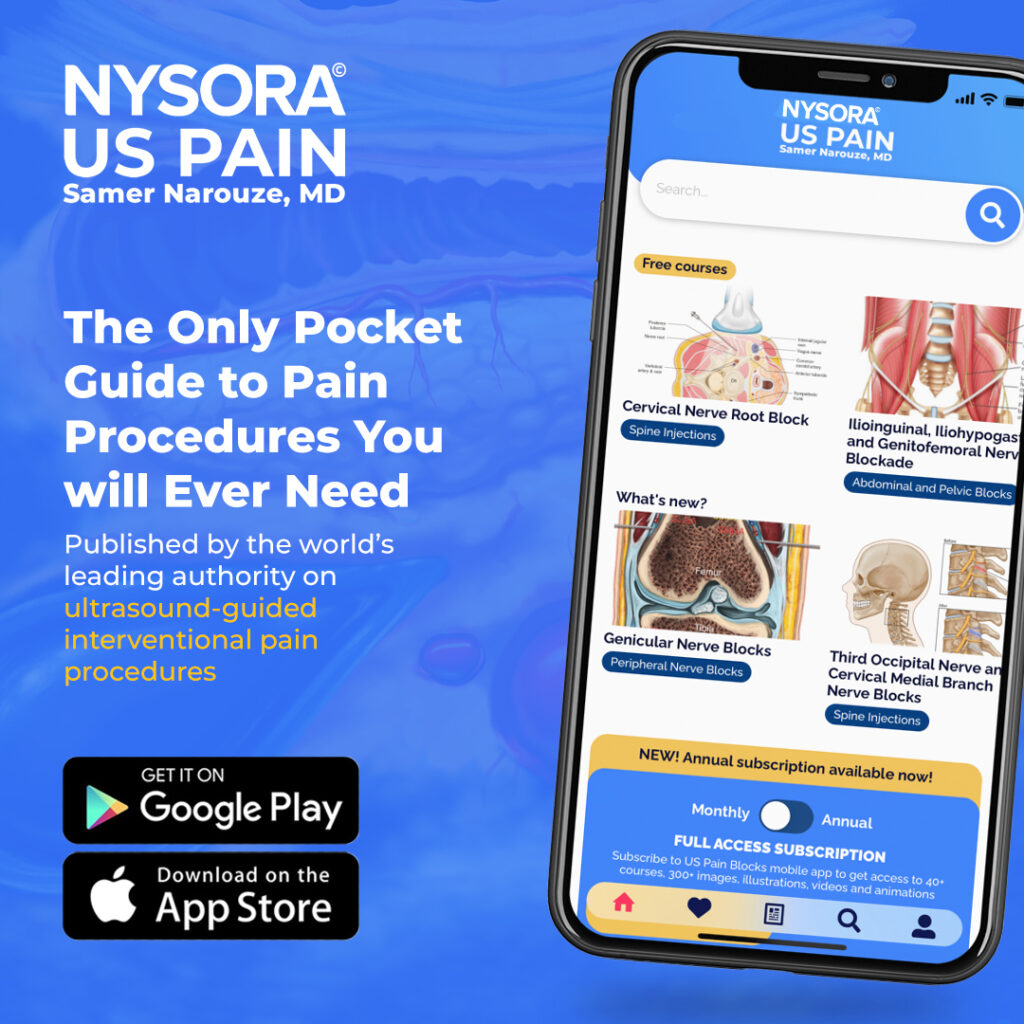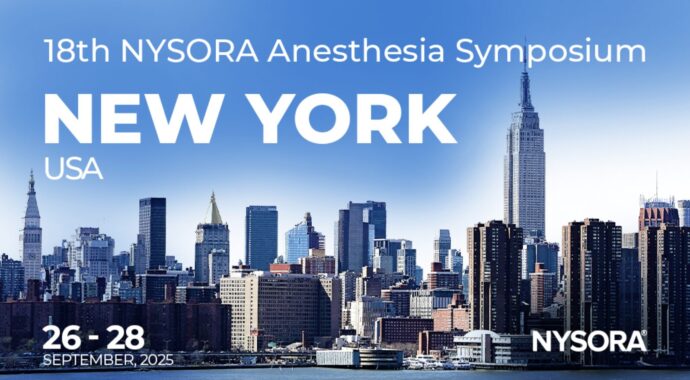Case study: Lateral Epicondylitis (Tennis Elbow) and Ultrasound-Guided Injection
Lateral epicondylitis, commonly known as tennis elbow, is a prevalent condition characterized by pain and tenderness around the lateral aspect of the elbow. The condition predominantly affects individuals engaged in repetitive upper extremity motions, such as athletes and professionals involved in repetitive hand movements. In this article, we delve into a case study of a 30-year-old woman diagnosed with lateral epicondylitis and explore the diagnostic procedures and treatment strategies.
Case presentation
Patient background:
- Age/Gender: 30-year-old woman
- Occupation: Ultrasound application specialist
- Symptoms: Persistent lateral elbow pain in the left upper limb for 4 years, exacerbated by wrist extension.
- Previous treatments: Rest, splints, analgesics, and a steroid injection without significant relief.
The patient reported severe local tenderness over the lateral epicondyle, suggestive of lateral epicondylitis, a condition often associated with overuse or repetitive stress injuries.
Diagnosis
Physical examination
- Observation: No localized redness or swelling.
- Palpation: Tenderness over the lateral epicondyle.
- Testing: Cozen’s test was positive.
Ultrasound findings
- Tendon heterogeneity: Indicative of epicondylalgia or epicondylopathy.
- Cortical irregularities: Seen over the lateral epicondyle.
- Calcification: Within the common extensor tendon.

Long-axis view of the elbow showing heterogeneity and calcification of the common extensor tendon and cortical irregularities over the lateral epicondyle.

Long-axis view of the elbow showing heterogeneity and calcification of the common extensor tendon and cortical irregularities over the lateral epicondyle.
- Neoangiogenesis: Detected on color Doppler, indicating acute inflammation at the tendon attachment.

Color Doppler imaging shows neoangiogenesis at the point of insertion of the common extensor tendon into the epicondyle.
Imaging tips:
- Echogenicity: Always assess the tendon’s echogenicity; heterogeneity is pathognomonic for epicondylitis.
- Multiple views: Utilize different transducer positions and views (long-axis and short-axis) to demonstrate all pathological signs.
Laboratory Tests
- Fasting blood sugar: 86 mg/dL
- Erythrocyte sedimentation rate (ESR): 8 mm/h
Diagnostic summary:
- Primary Diagnosis: Lateral epicondylitis (epicondylalgia, epicondylopathy).
- Differential diagnosis: Posterior interosseous nerve entrapment, lateral collateral ligament tear.
Treatment approach: Platelet-rich plasma (PRP) injection
Injection technique
PRP Injection Overview:
- Objective: Regenerative therapy for the common extensor tendon and subsequent pain relief.
- Anatomy involved: The extensor carpi radialis brevis (ECRB) is the most commonly involved tendon. Other tendons like the extensor digitorum, extensor digiti minimi, and extensor carpi ulnaris may also be implicated.
Ultrasound-guided injection technique:
- Ultrasound setup:
- Transducer: 3-13 MHz linear transducer.
- Preset: Musculoskeletal.
- Orientation: Long axis of the tendon (sagittal plane).
- Depth: 2 cm.
- Patient positioning:
- Position: Patient seated with the elbow flexed at 90 degrees, forearm semi-pronated on the examination table.
- Ergonomics: The ultrasound machine and patient should face the examining physician for optimal ergonomics.
- Landmarks identification:
- Key landmarks: Lateral epicondyle, radial head, and common extensor tendon.
- Needle insertion:
- After sterile preparation, a 1.5-inch 22-gauge needle is inserted in-plane into the common extensor tendon, following infiltration with 2% lidocaine.
- Needle fenestration: Multiple passes into the tendon are made to create an area of acute inflammation.
- PRP Injection: 2-3 mL of freshly prepared PRP is injected into the tendon.
PRP injection into the common extensor tendon (CET).
Important Considerations:
- Avoidance of NSAIDs and steroids: NSAIDs and steroids should not be used concomitantly with PRP therapy to prevent interference with the healing process.
- Steroid injection technique: If performed, steroid injections should be administered superficially to the tendon, not within the substance of the tendon, to avoid tendon tearing.
Interested in more detailed information and the outcome for this patient? Download NYSORA’s US Pain App!
Reference:
Kıvrak A, Ulusoy I. Comparison of the Clinical Results of Platelet-Rich Plasma, Steroid and Autologous Blood Injections in the Treatment of Chronic Lateral Epicondylitis. Healthcare (Basel). 2023;11(5):767.




